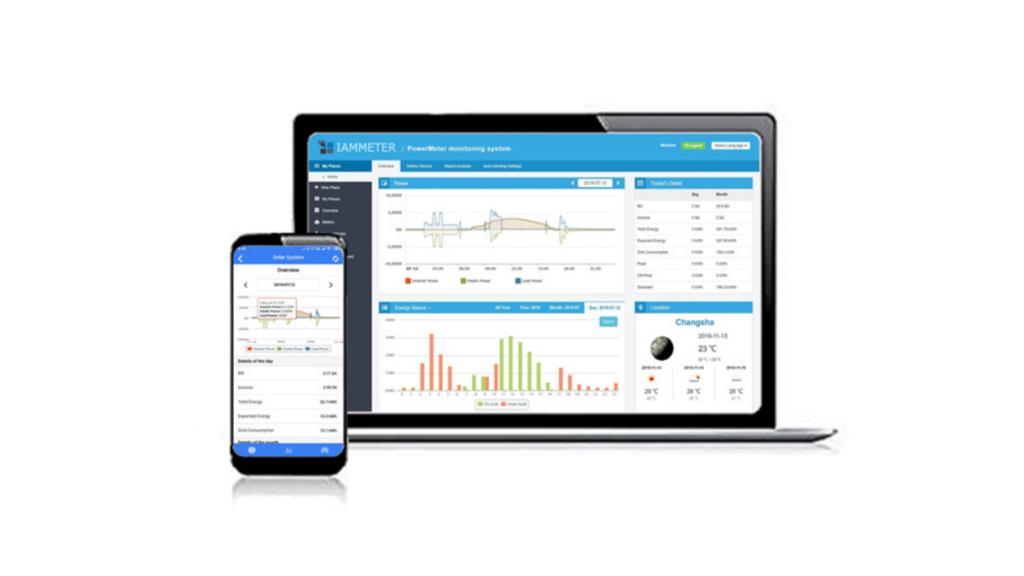Energy costs seem to be rising all over the world, making it harder for businesses and building owners to keep up. Comfort, security and convenience inside a building is also paramount for tenants. The fact is, building managers want to provide the absolute best conditions for tenants, because this is what allows them to earn good income. However, often this means an increase in energy costs, so there’s sometimes a disconnect between whether it’s worth improving conditions or not.
One of the ways to provide premium conditions and convenience while actually reducing energy costs is to install an energy monitoring system. But what exactly does a building energy monitoring system do, and how does it help building managers? Let’s find out.
Understanding IoT Technology
Contents
Firstly, we should mention that not all energy monitoring systems are IoT based. Older legacy systems work differently, but we’re going to talk about the more modern technology here. This modern version works using Internet of Things (IoT) technology, which essentially means connecting several systems together. Much like the internet is a way to virtually connect with data and systems, IoT technology is much the same.
IoT technology generally works using sensors to feed information back to a central control point. From that central hub, managers can control all of the connected systems or devices, and also analyse usage data easily. We’re talking about monitoring systems used in larger buildings here. But there are more commonly known versions of IoT technology. Think about your Google Home or Amazon Echo, the central hub for controlling a range of connected devices.
Who Uses Business Energy Monitoring Systems?
More commonly, it’s larger buildings that use building energy management systems. Smaller buildings can usually manage fine with independently controlled energy systems, but larger ones can’t. IoT energy monitoring is great for more complex buildings, or sites that comprise of a number of buildings. Even businesses with buildings across a number of different sites use energy management systems.
Energy monitoring systems often get confused with building management systems. This isn’t technically correct, because an energy monitoring system may form part of an entire building management system. That over-arching building management system lets you control a lot more than energy systems, such as fire, CCTV, security, even access control and lifts.
The Benefits of Using an Energy Monitoring System
The main benefits of using an energy monitoring system are financial in nature. These systems give you much better control over how and where a building’s energy is being used. For example, if you consider a site with several connected buildings. It’s likely that each building may have different hours of operation. So, using an energy monitoring system you can monitor and control conditions in each building separately. Outside operating hours, buildings or stores don’t need heating or lighting, for example. So, when you manage these systems in real time, you reduce energy waste.
In addition, building managers also access plenty of data from their energy management system. This tells them where savings can be made, where comfort levels can be improved, and a whole host of other information needed to make smart building management decisions.

